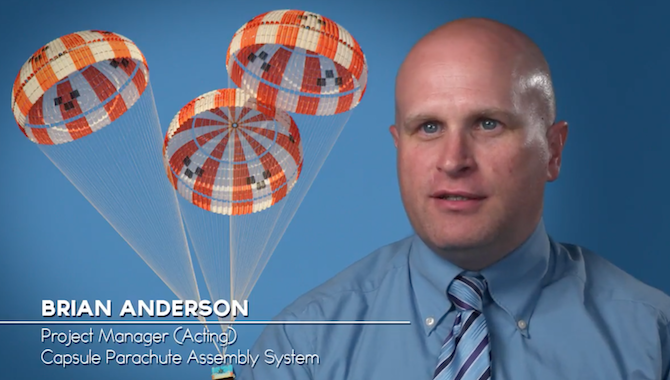Testing is an important part of reducing risk in spacecraft design, and can help determine limits and allow learning about a spacecraft’s performance.
At the time of this video, April 20-22, 2011, Jody Singer served in a dual role as the Deputy Project Manager for the Space Shuttle Propulsion Office and as the Deputy Manager for the Ares Project Office at Marshall Space Flight Center. Currently, Singer is the Director of NASA’s Marshall Space Flight Center in Huntsville, Alabama, after being appointed in September 2018. In this video, she spoke on a panel that examined the transition from the Apollo era to the shuttle program, the early conceptualization and definition of the shuttle, and the development of the shuttle’s many challenging new systems and subsystems. The panel was held during the Masters Forum 20 knowledge sharing event.
Video key learning points:
-
-
- 1.
Testing will help you find out what you don’t know yet.
- 2.
Having a successful failure is something that you can learn from.
- 3.
Successful failures should happen on the test stand — not the launch pad.
- 4.
Before STS-1 ever flew, there were 726 tests performed on over 24 engines.
- 5.
There were 95 tests done to get the right mixture of hydrogen and liquid oxygen so that the correct amount of thrust would be produced. The engines were also a combustible device so testing to get the right mixture was important from a safety standpoint.
- 6.
75 percent of total engine costs comes from engine test failures that identify key risks early on and reduce likelihood and consequences of failure during flight.
- 1.
-
Related Resources
Frank Culbertson: Risk Reduction Through Increased Testing
Brian Anderson: Importance of Full-Scale Testing
NASA Blog Post: Commercial Crew Program Testing Fosters Improvements in Parachute Safety
NASA APPEL Risk Management Courses









